Wednesday 6th July 2022: Woke up and looked out of the window. It’s raining again. The Sydney region on the east coast of Australia has now had three 100-year rain events in the last 18 months. So much for statistics! On one day parts of Sydney received as much rain as London gets in a year.
So, it’s to be an indoor day. What to do? What better than an archaeological dig in my study. Off into the archives, in there past a few superseded digital cameras… then past the old iPad, iPod and iPhone 4S and SE technologies… further on via the empty Seiko, Citizen and TAG Heuer watch boxes (I’m the keeper of spare watch links for the family). Deeper still, beyond old Navman, Garmin and TomTom GPS units… and finally into the realm of film cameras. A few nice items to unearth.
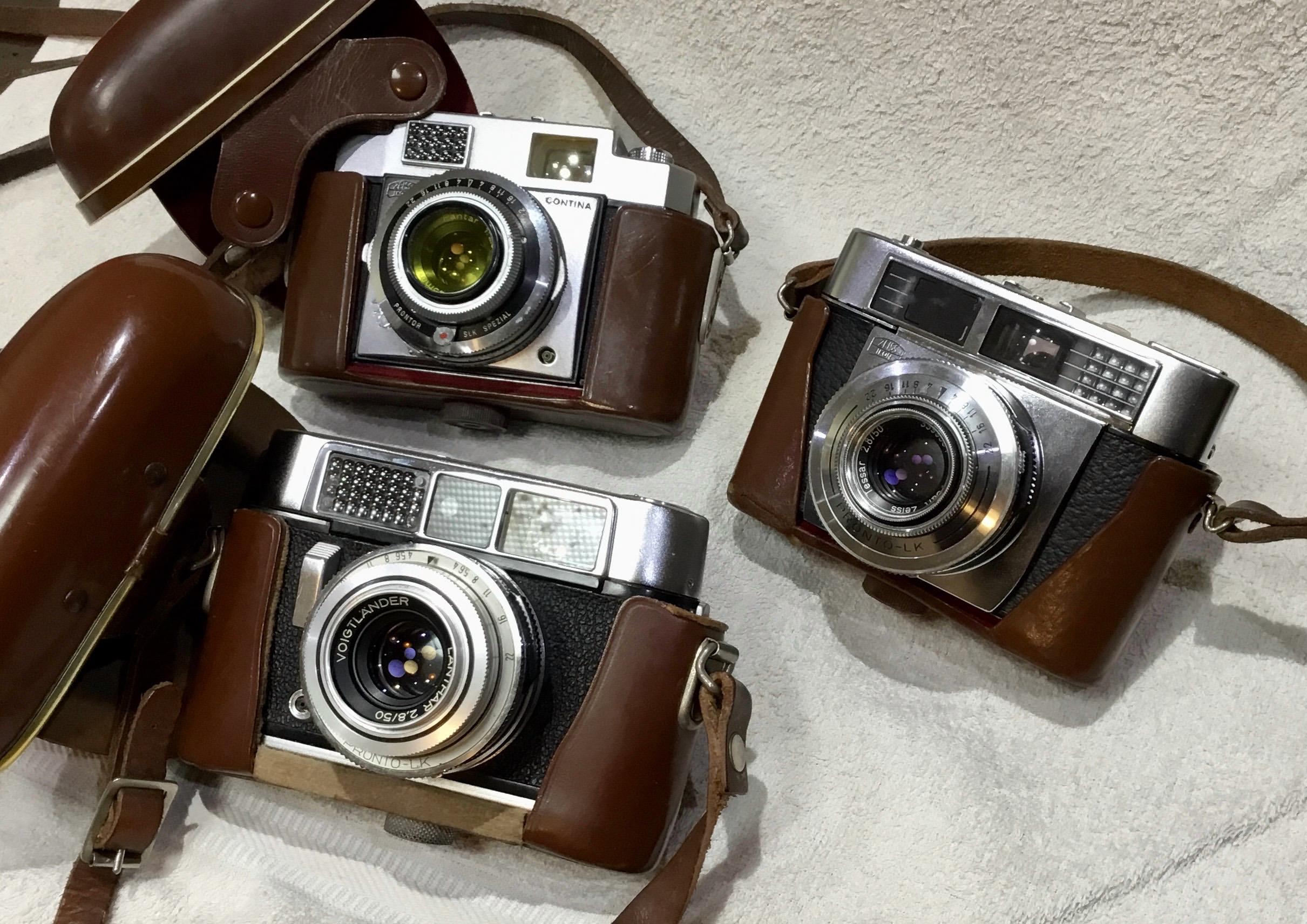
Fossils – a closer look
Two Zeiss Ikon compacts. Well, they were compact in their day, but they are relatively hefty little beasts when viewed anew. The older is a Zeiss Ikon Contina-matic II, a product of the Zeiss Ikon factory in Stuttgart in the 1958-1959. It has a 45mm/f2.8 Zeiss Pantar lens with a detachable front element to allow 30mm or 70mm conversion lenses to be added.
A 27mm Toshiba yellow filter still sits in front of the lens. It’s been there nearly forever. The selenium light meter is not coupled to the viewfinder but has a match needle window on top of the camera. It still works fine, maybe due to careful storage inside its brown case over the decades.
Back in the day, they were described as leather cases, without words such as faux leather, leatherette, PU leather or the like. Overall, it’s impressive technology from sixty years ago. An oldie but a goodie [Ed: I know the feeling]. I have no idea why it had a production span of only two years, but maybe my other Zeiss Ikon provides a clue.
The other Zeiss Ikon is a Contessa LK. This was made in the period 1963-1965 and has a very good Carl Zeiss 50mm f/2.8 Tessa lens. It even has an original Zeiss Ikon 27mm clear filter on the lens. The selenium light meter doesn’t work anymore, so it’s the “Sunny 16” rule for the exposure setting.
On the other hand, the lens controls for focus distance, shutter speed and f-stop still feel buttery smooth. Could it be that the short run of the earlier Contina series was displaced by the newer Tessa lens which provided a 1/500 second exposure setting? Any other reasons? Maybe there’s a Macfilos reader out there who knows the answer.
The third of the initial triumvirate is a Voigtländer Vito CLR with Lanthar 50mm f/2.8 lens, also from 1963-1964. It would have been produced at the factory in Braunschweig near Hannover. Again, an inbuilt selenium light meter that still works ok, but with the added feature of rangefinder focusing. Hence the L and R in its designation, L=Lightmeter and R=Rangefinder, so the internet tells me. And it cost £57 pounds sterling in the 60s, an expensive little camera even back then.
Two more film cameras
In the same geological layer were two more film cameras, this time still living inside their original cardboard boxes.
First of all, an Agfa Silette LK. A great little camera. I received it more than 50 years ago, as an important birthday present from my then soon-to-be wife (yes, I was a child bride!). Her father was a very capable TLR and SLR photographer. It was his view that I should start my real photographic journey with a real camera, and that the Agfa was the place to begin.
The camera now lives in its original packaging along with its instruction booklet and leather case. It was our editor Mike Evans who sourced me a donor camera a year or so ago, to replace the metal distance dial which had been lost from the front of the lens on my camera. Replacement job is now done. Thank you, Mike, the camera is still fully functional and silky smooth.
Another very interesting camera still in its box is a Werra. From the East German works of Carl Zeiss Jena, it’s small and hefty, yet wonderfully balanced. Still with its manuals in German and its leather case. Quite quirky; I shot a roll of film through it a year or so ago, and will dig some images out for a future Macfilos article to illustrate just what exceptional sharpness its Carl Zeiss Jena 50mm f/2.8 lens produces. In absolutely top condition, it’s probably a collector’s item now.
Beyond film
In more shallow layers of the archaeological dig were some early digital cameras. There was my first digital, an Olympus C740 superzoom from about 2003, with its electronic lens that provided 27mm – 380mm equivalence along with macro capability. A quick internet search tells me that at just under 300g weight it was “the most compact super zoom” available at the time and that it was an “ideal travel camera”, powered by four AA batteries embedded within a chunky grip.
It still had all peripherals with it, including three now long forgotten Olympus xD memory cards. Putting new batteries in today I find that it still shoots well, showing no evidence of extensive digital rot, except for three or four tiny pixels that seem to have a mind of their own. Thank goodness that I kept those xD memory cards.
Closer to the surface was my wife’s Sony DSC W 570 which she bought new for a 2012 trek to Everest Base Camp in Nepal. Not much bigger or heavier than a matchbox, it produced 14MP images of great quality thanks to its tiny Zeiss lens!
I used an older Sony DSC W80 during those twenty days in Nepal. It produced only 7MP images from its 1/2.3 sensor, but it was fast to focus and was easy to use in cold high climes… and it even had an optical viewfinder, quite compromised in size but very useful to me. I sold it fully functional to a camera tech nerd soon after our return to civilisation because I was concerned that dust from the yak trails might have compromised the lens gears.
On reflection
Unearthing these examples was a great way to spend a dismal rainy day. But it raises questions: What cameras do you have stashed away awaiting their own archaeological discovery? Any favourites amongst them? And does retrieving them trigger memories of special days with them?
Read more from Wayne Gerlach
Want to contribute an article to Macfilos? It’s easy. Just click the “Write for Us” button. We’ll help with the writing and guide you through the process.

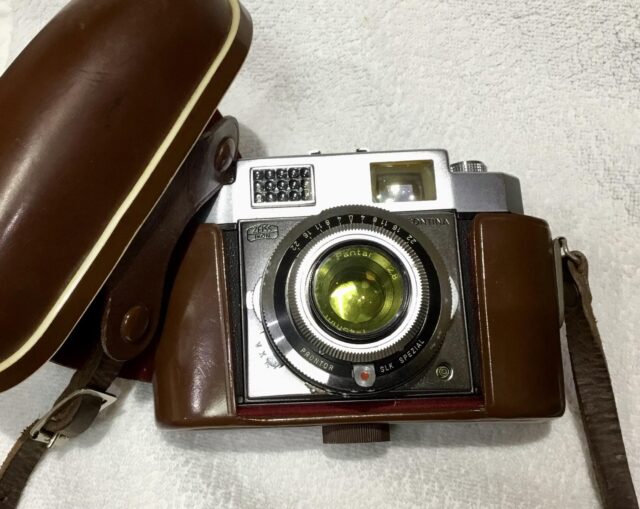
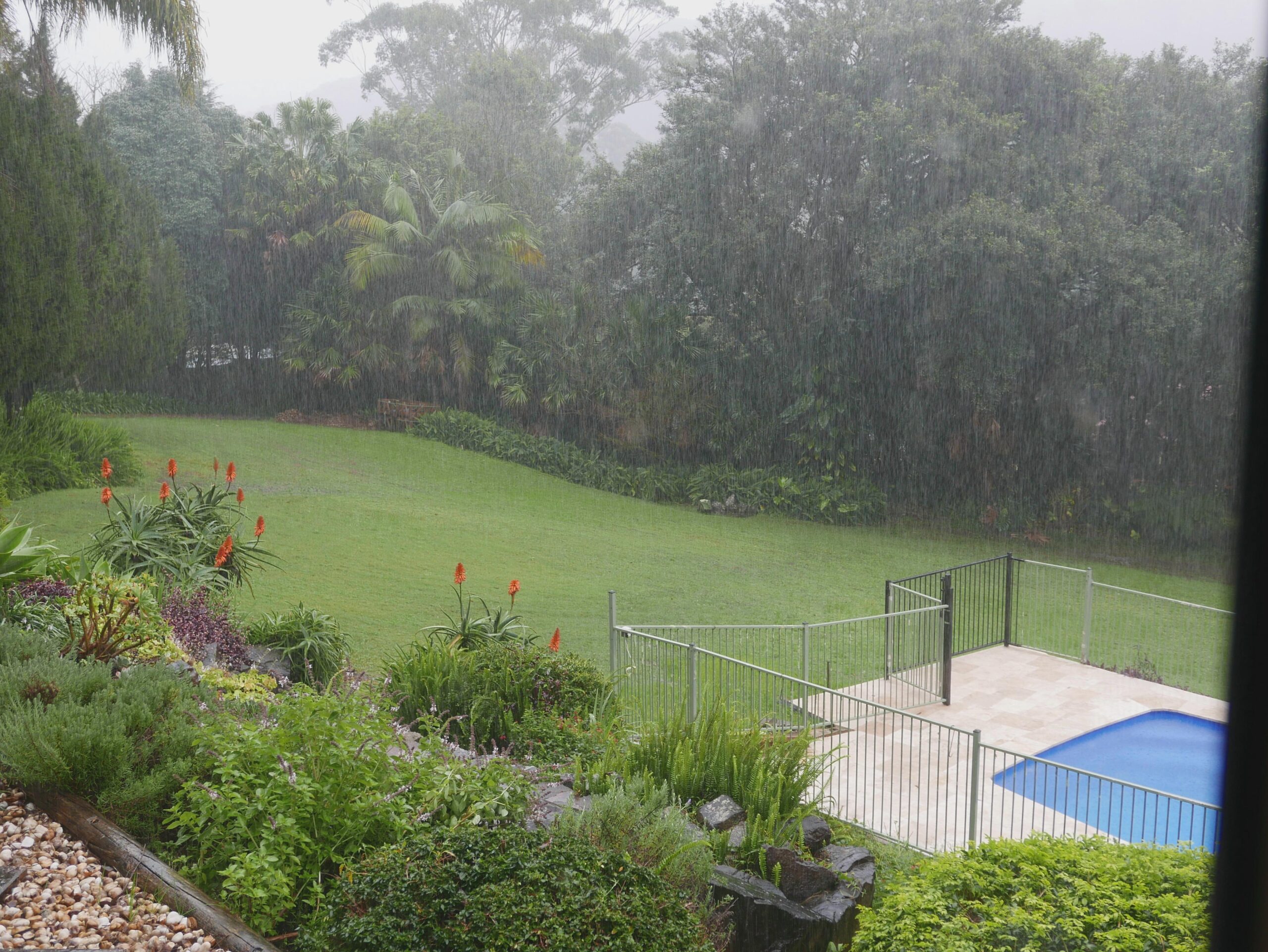
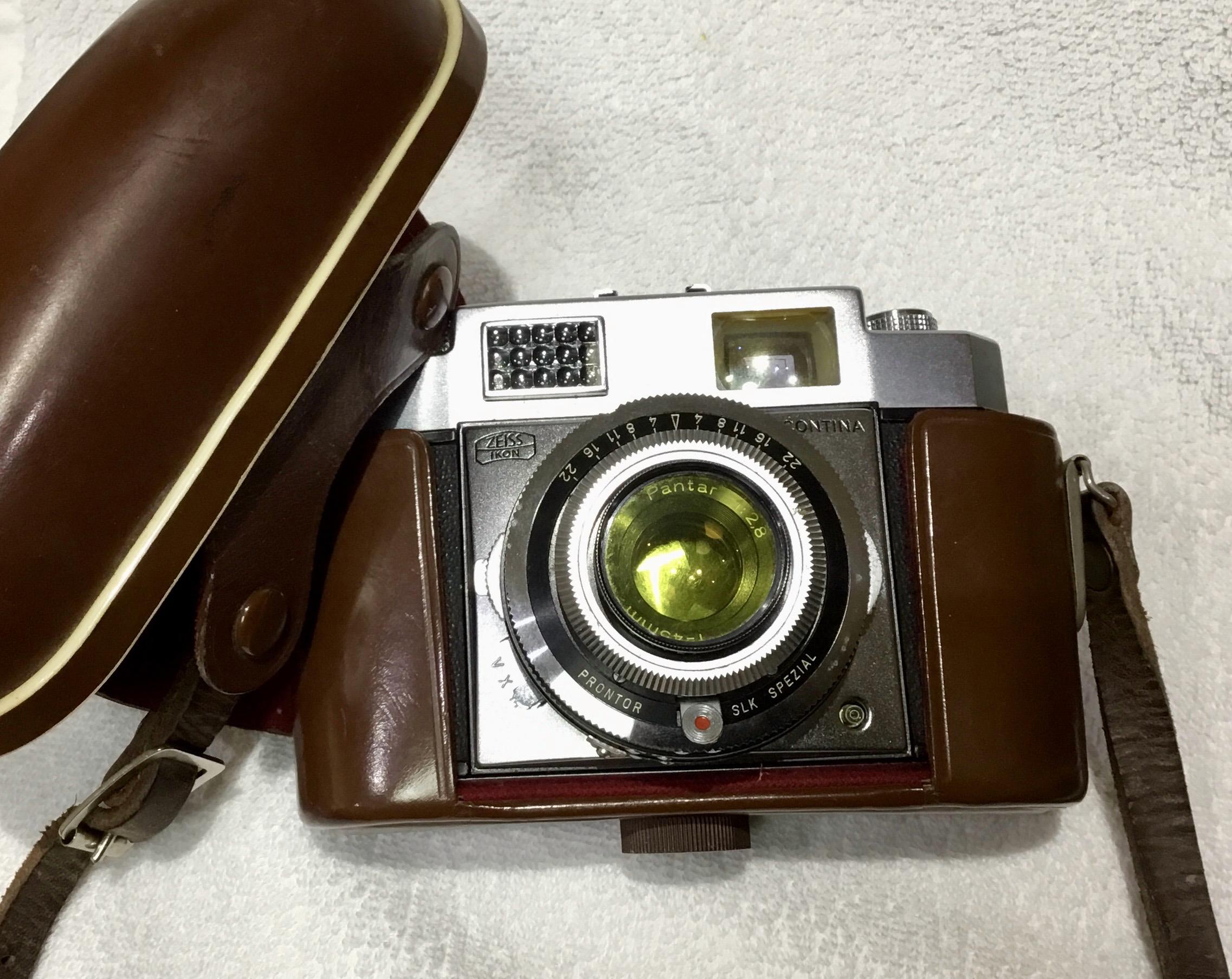
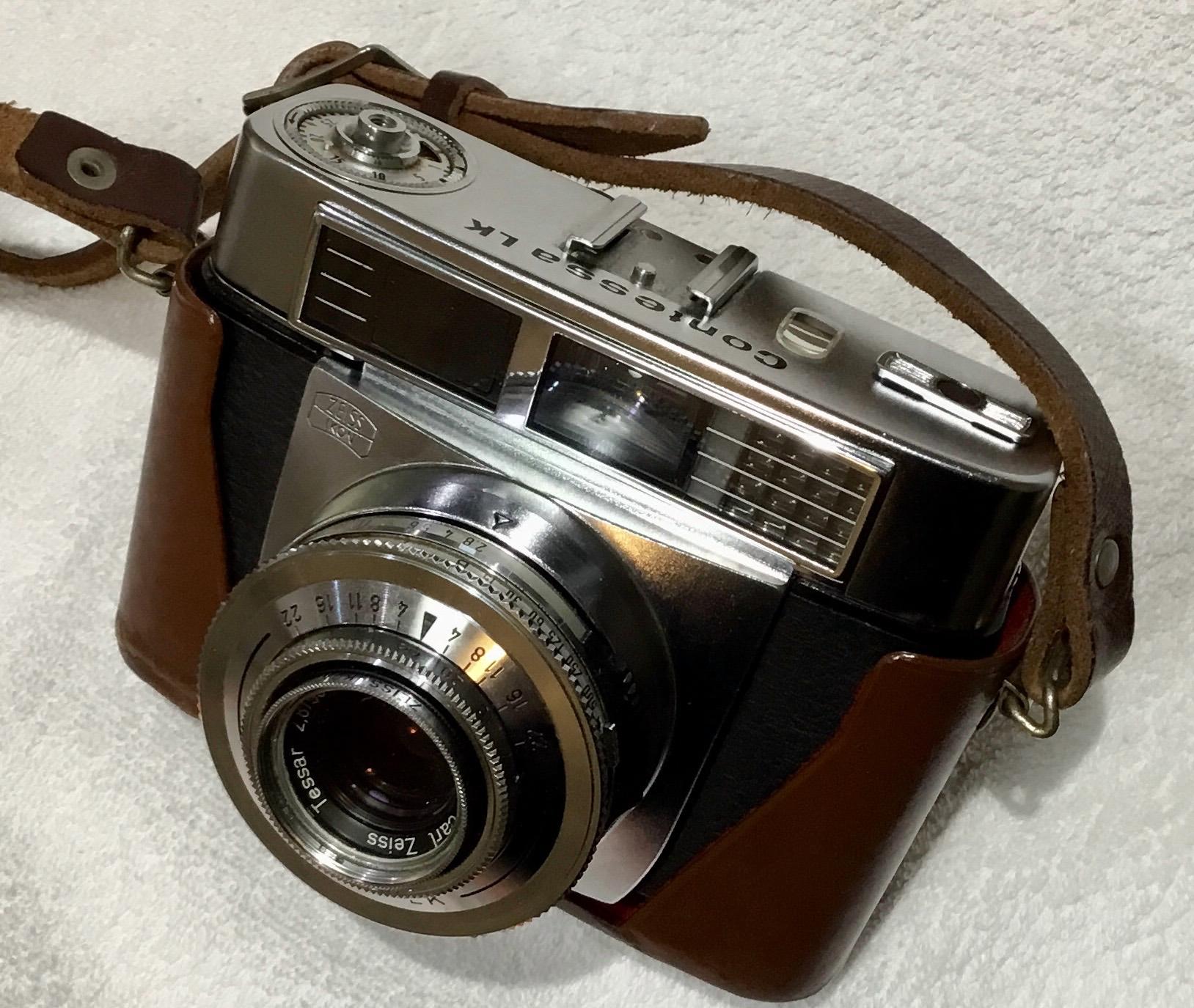
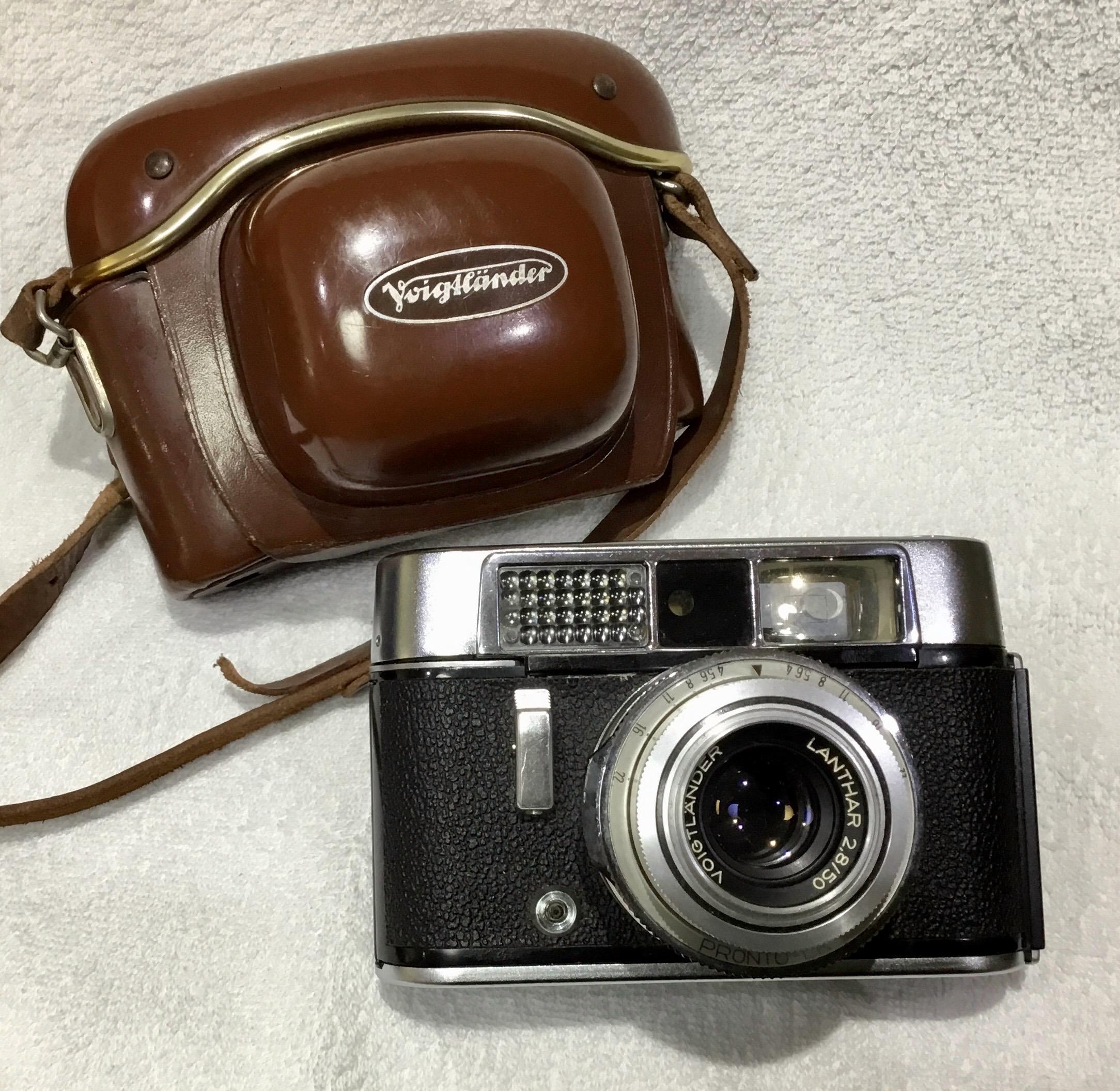
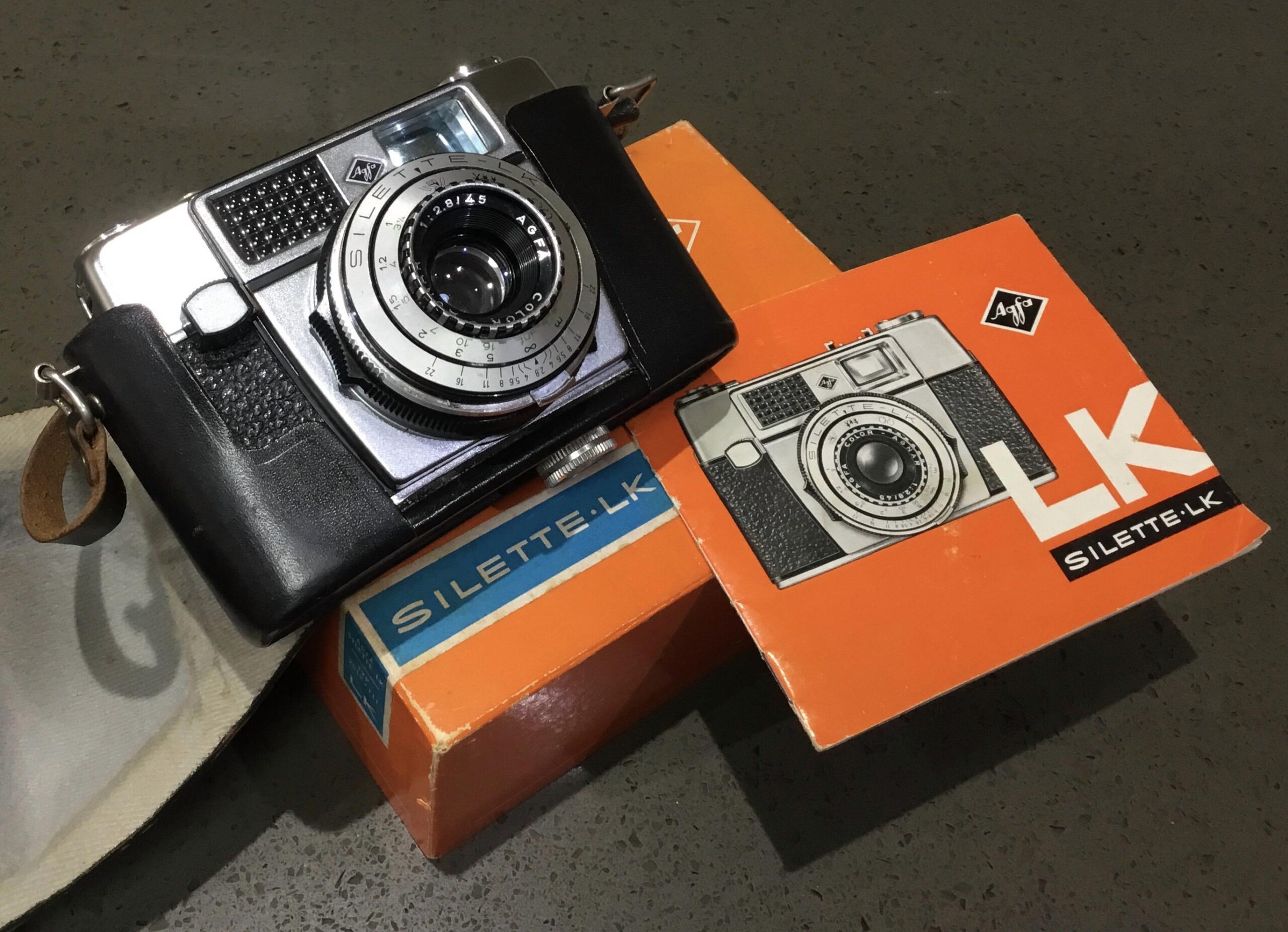
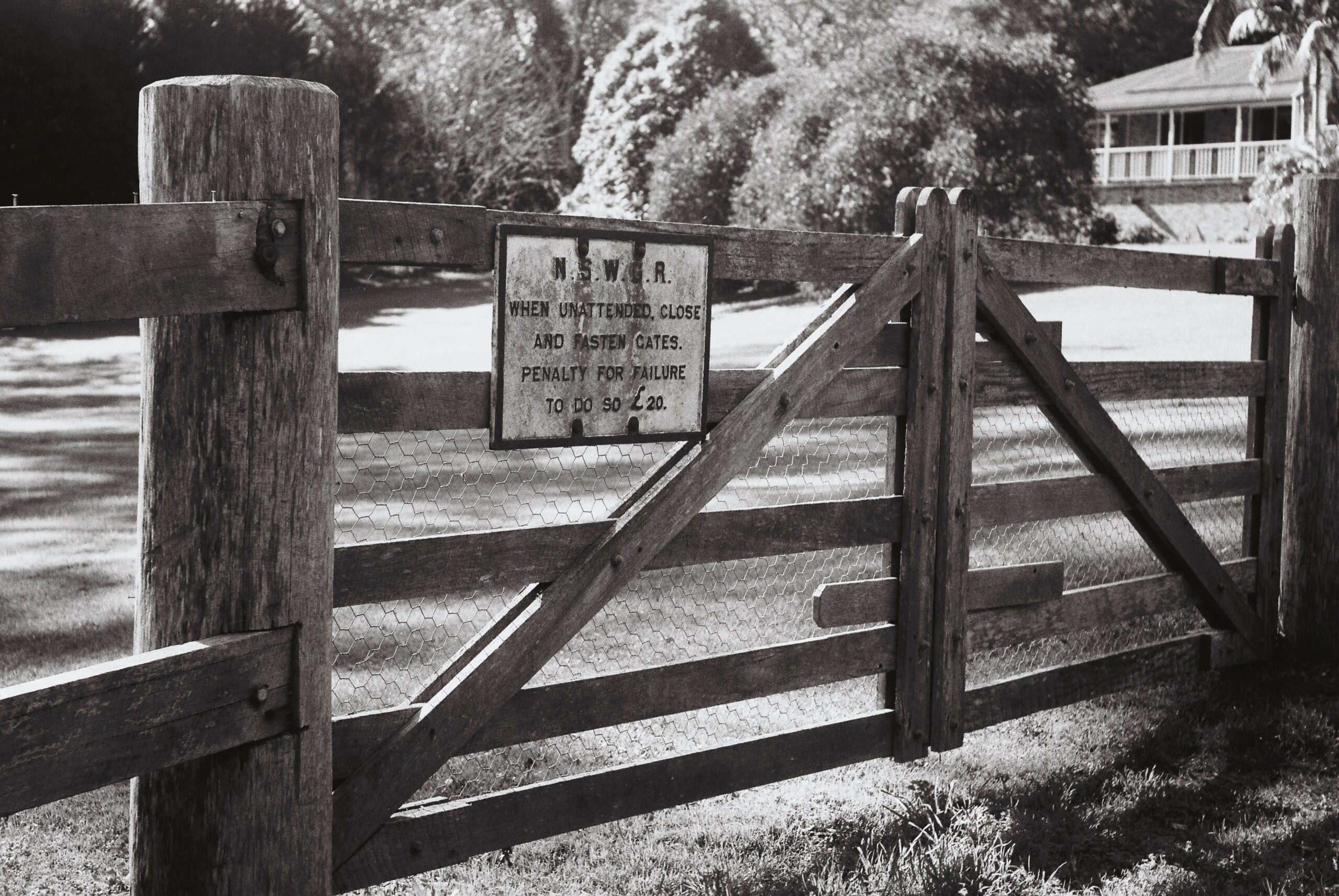
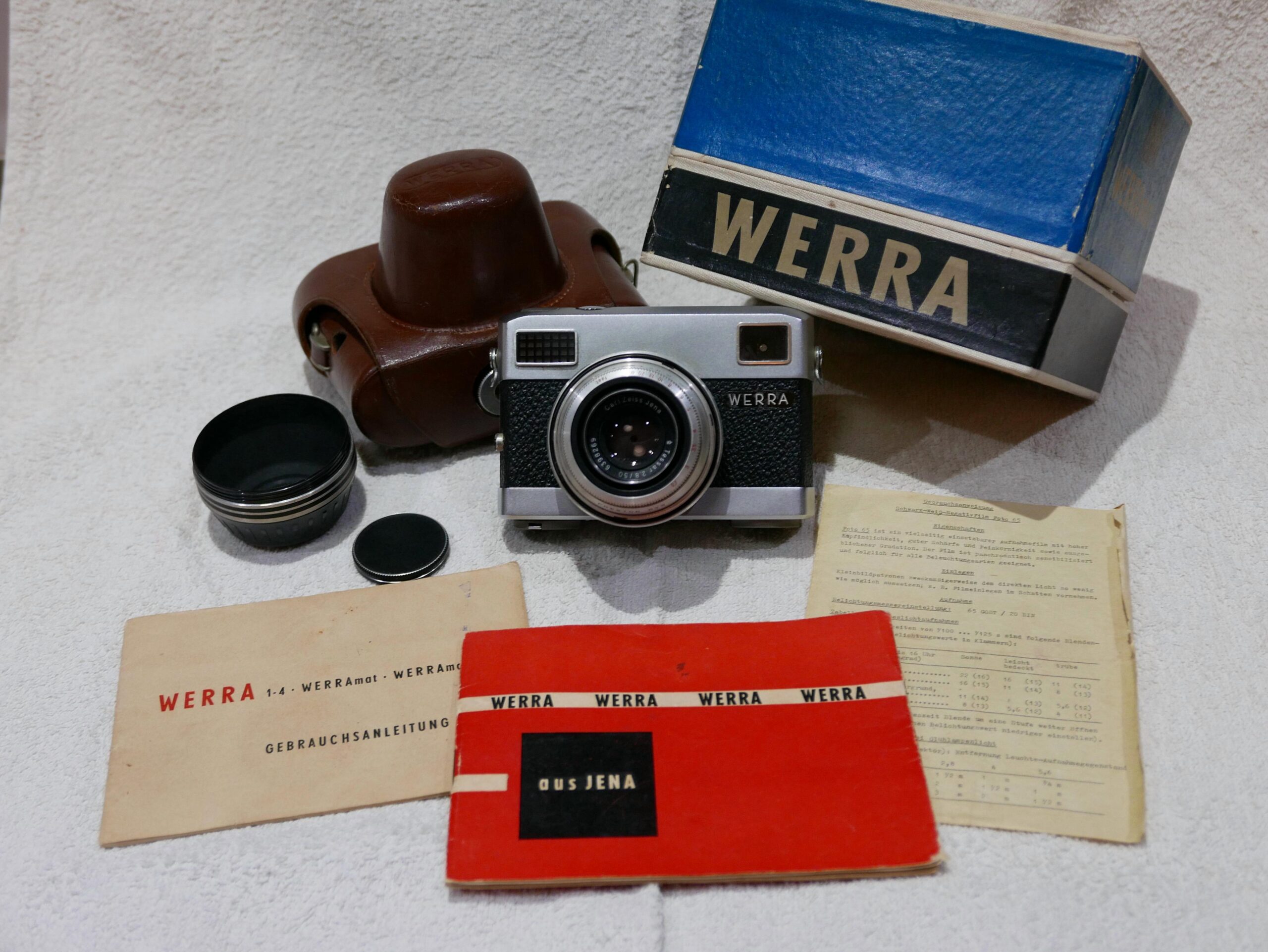
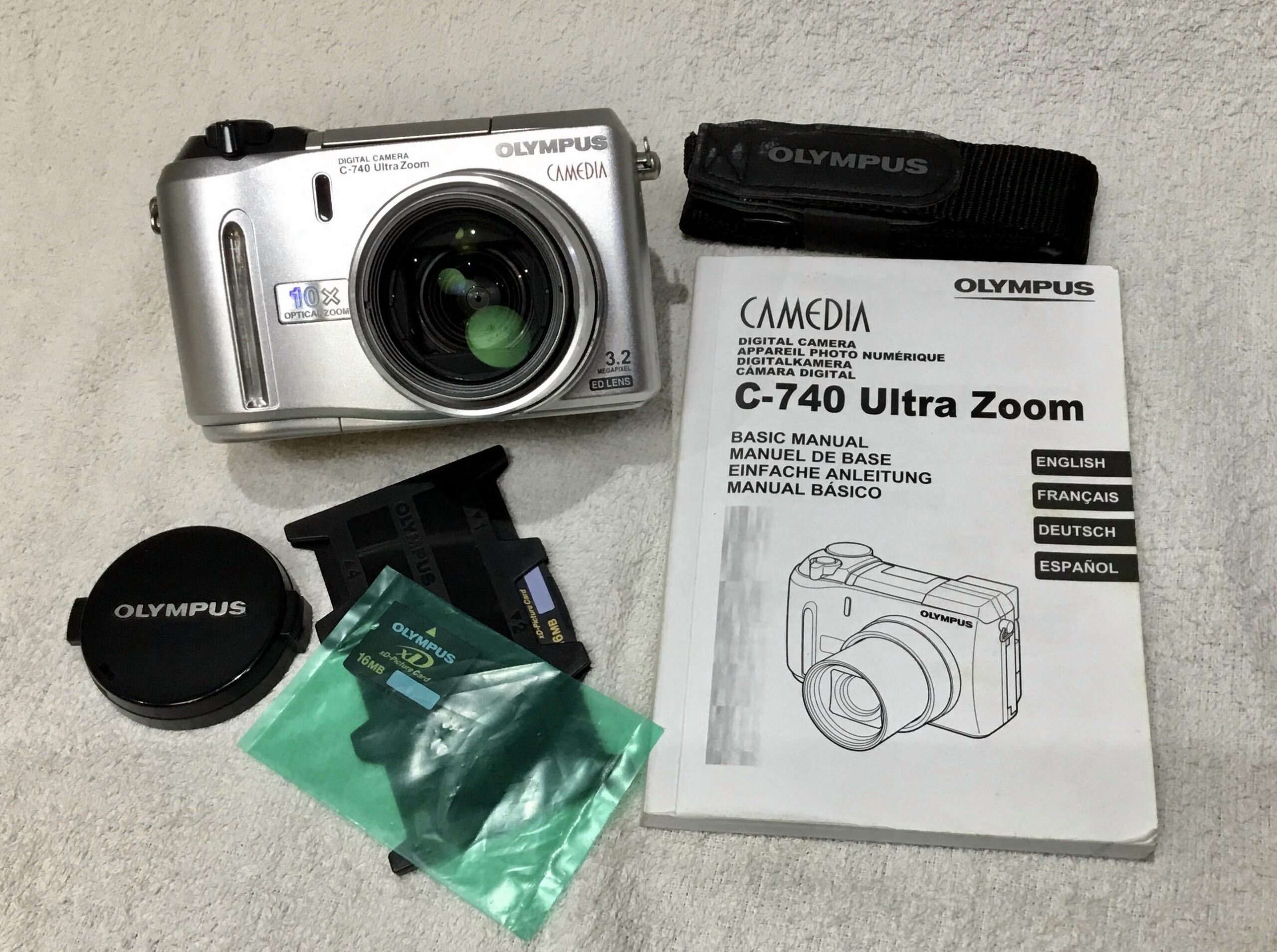
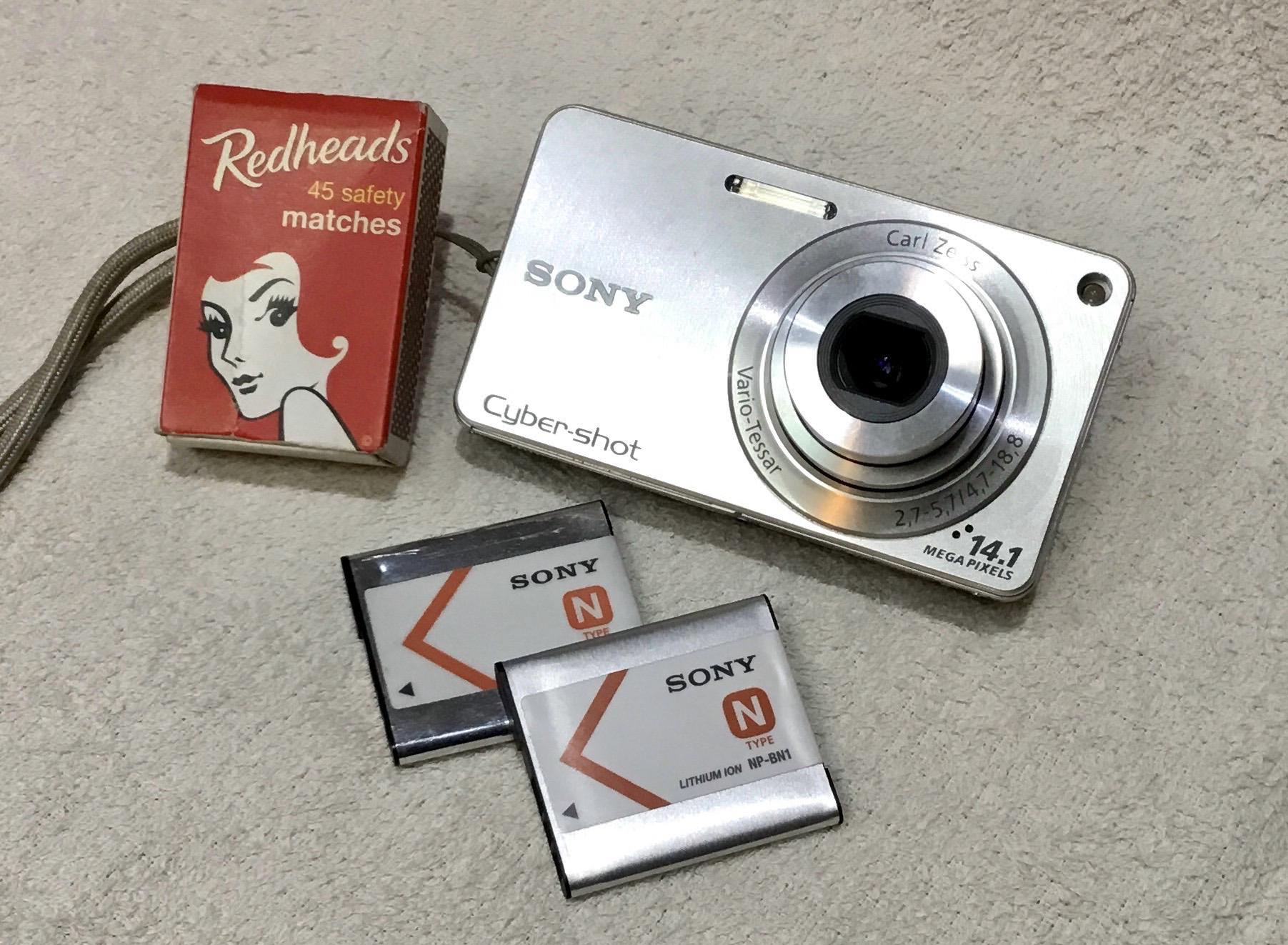
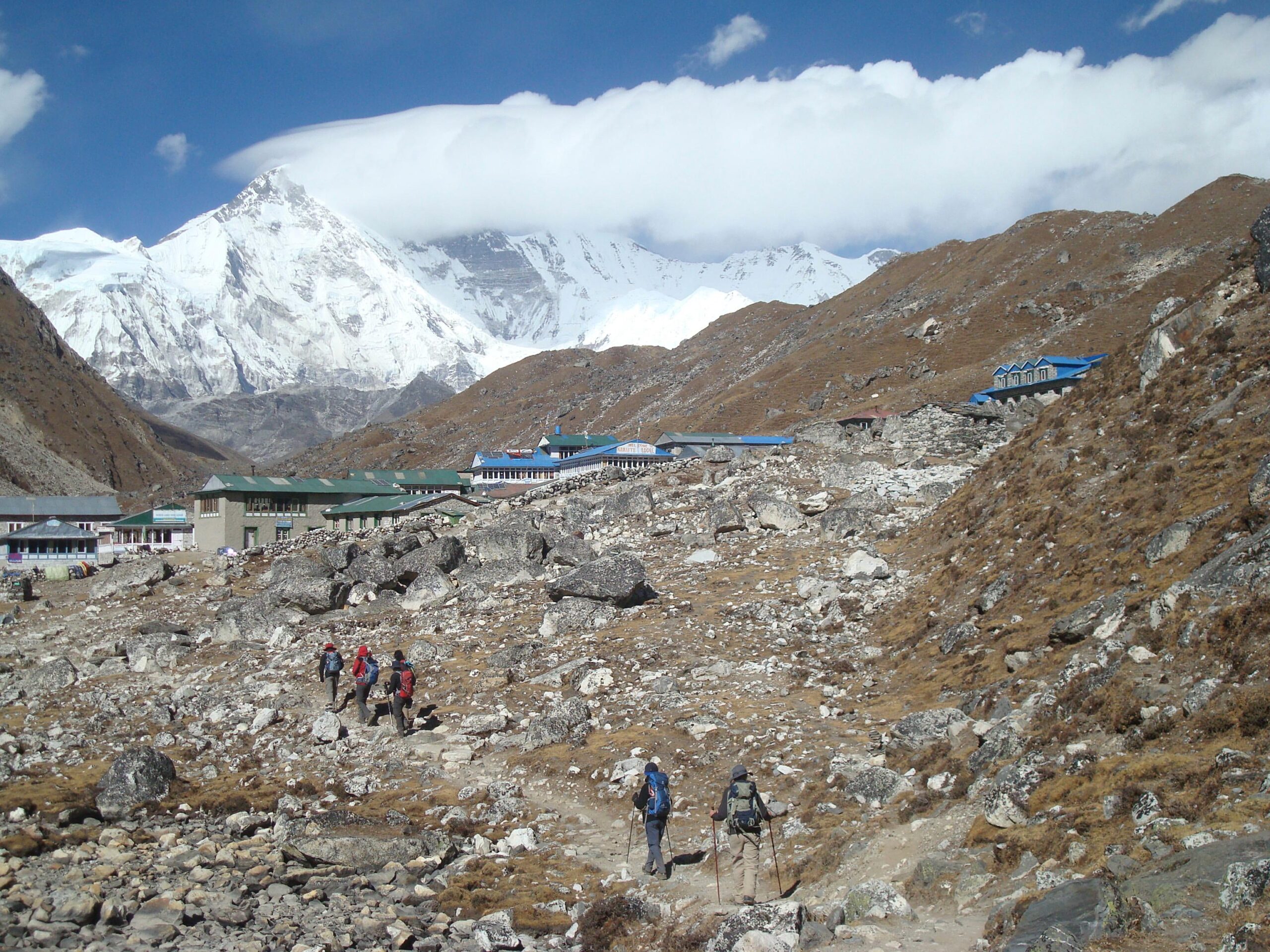
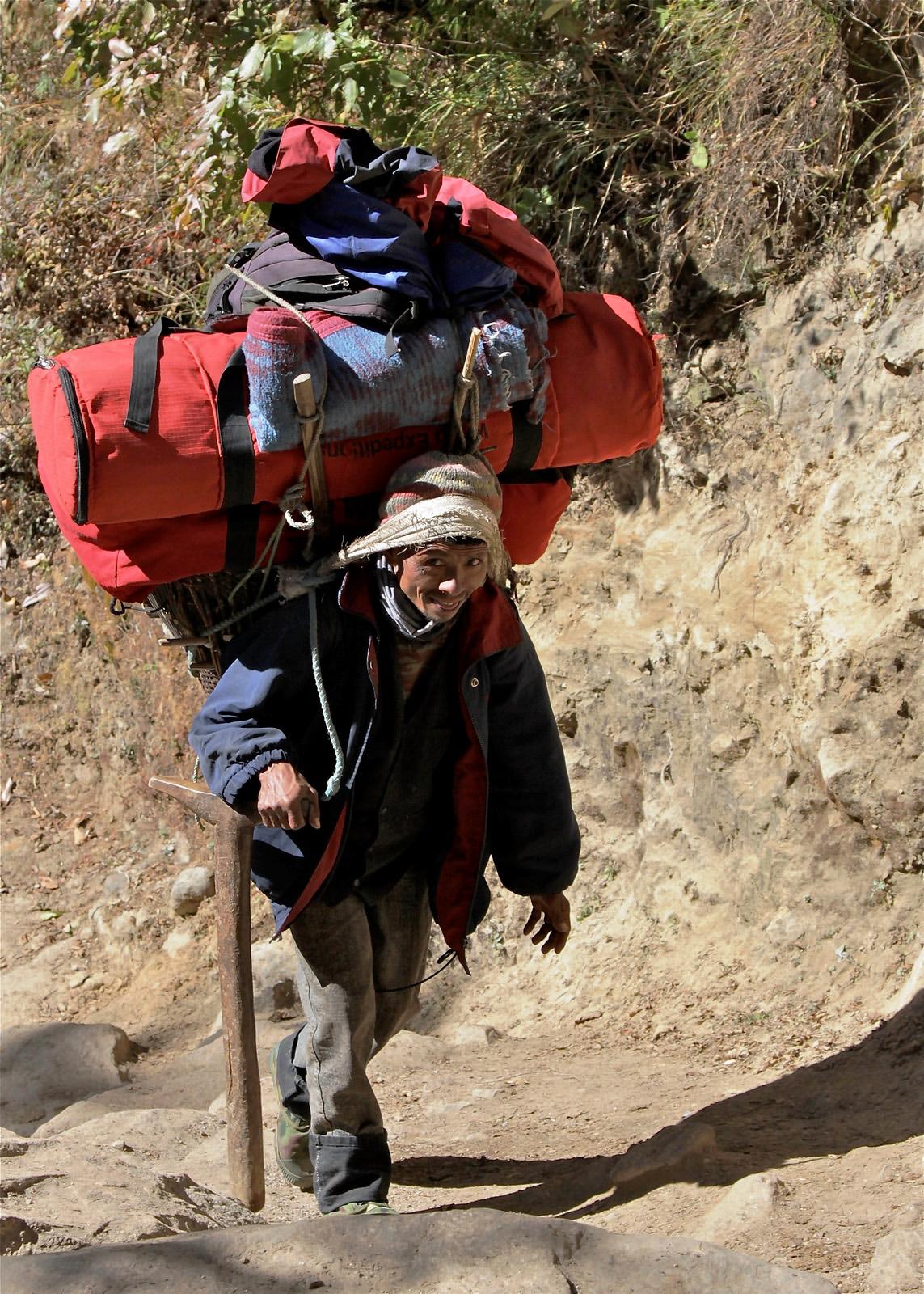
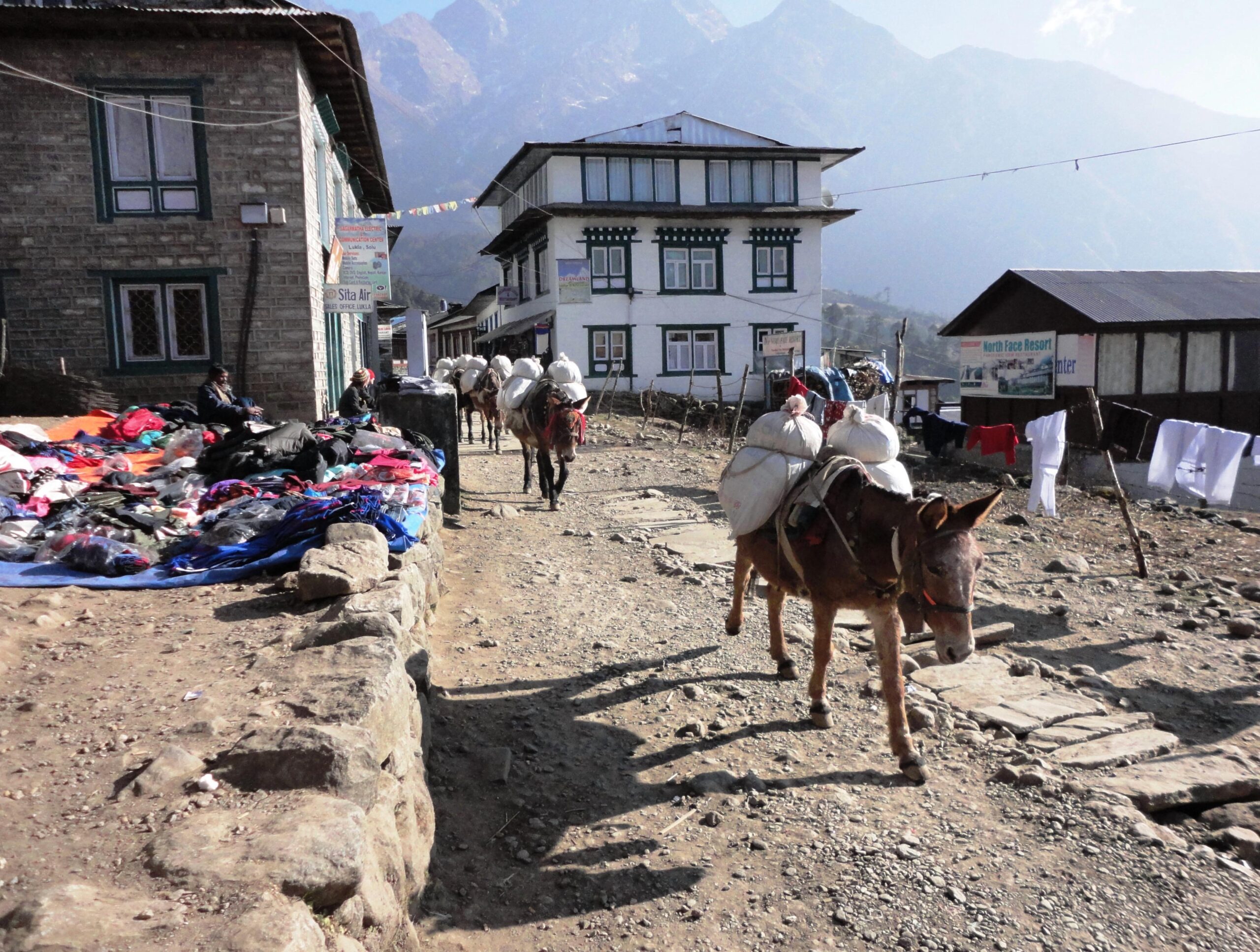
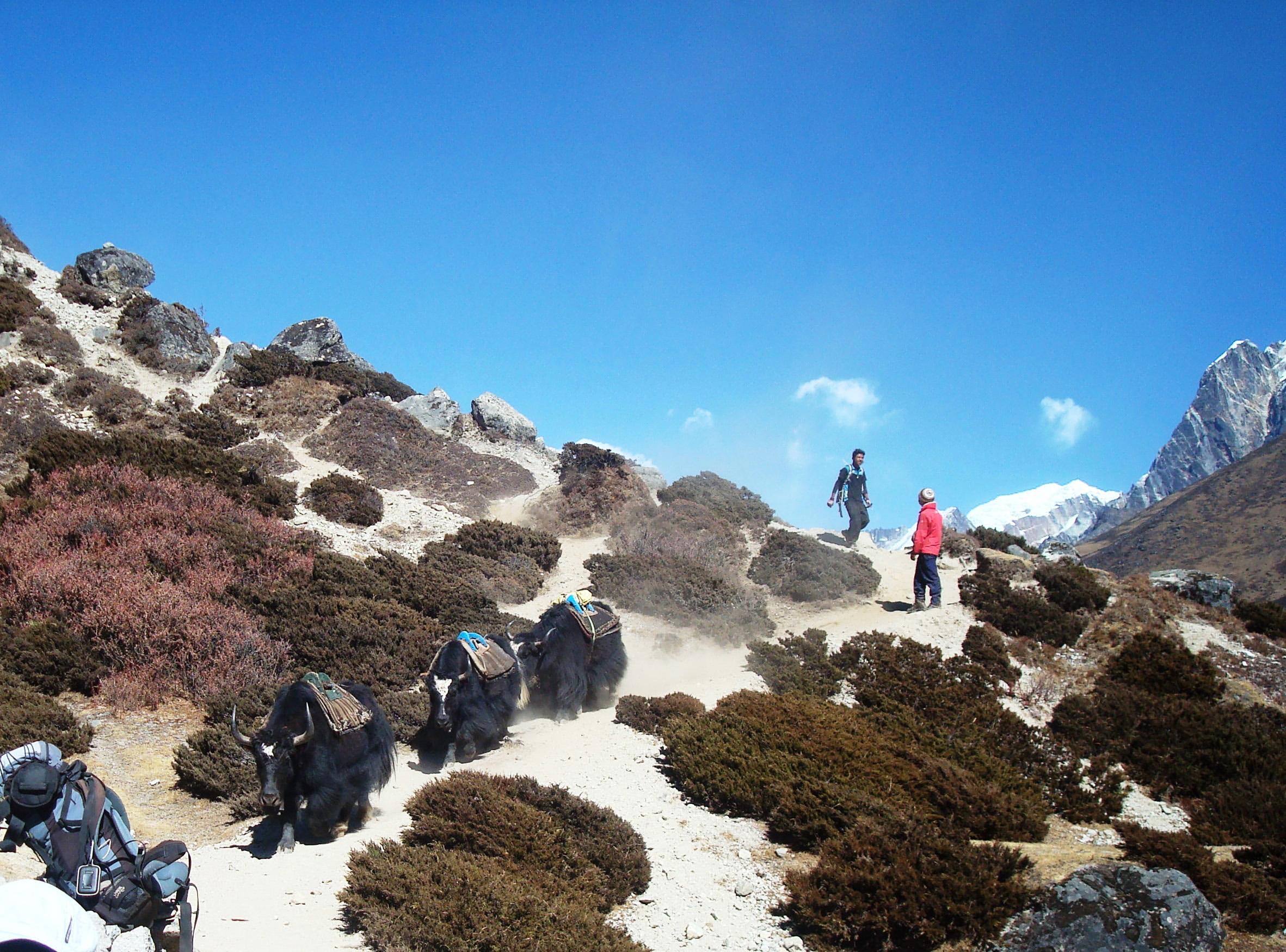




I am playing catch up – to some degree after a month or so filled with holidays and hard craft – the work place has been a little challenging, however much I love it.
I have a Silette parked in the Seargeant archive of camera’s my late Grandfather owned – it needs a piece to be operational again – a film cartridge. I have so far failed to locate one since he passed in 2019, but if anyone knows where to find one, I will try to get the camera operational and see what it produces. – No one in the family knows where it went either.
And Wayne – a minor comment, that last image looks like a scene from a Star Wars film – love it.
I also have other film camera’s that I may get back in use, one needs some TLC, and the others I just need time to have a good look at them and see what I can do.
I even have the films to pass through them if I can get them all to operate once more.
I’m glad it triggered some action, John.
Have the Agfa slides held up ok over the decades? (If yes, then please do scan a few of them and share with us on Macfilos, along with a pic of your Zeiss Ikonta, a classic).
A fascinating rainy day! You send me straight to the drawer with my Zeiss Ikonta and another drawer with all those Agfacolour slides from my Near East travel scholarship year 1961-2 taken with said Ikonta. Thank you!
A great article and a nice colllection of cameras. I loved the Tessar 45mm f2.8 I had attached to my Contax 139. The whole thing was really small according to today’s standards. I’ve just kept an Olympus Mju: with its 35mm lens and an old Yashica FXD quartz with a 50mm bu the body needs a bit of repair. I still have a Leica C-Lux2 which was my first steps in the digital world and a no longer working Ricoh GRD1,the first digital GR. The FP4 image brought me back down memory lane when I used to shoot B&W, mostly Ilford films (PanF with its grain almost invisible under the enlarger, FP4 and HP5). Thanks for the article and hope the weather gets better in your part of the world.
Jean
Hello Jean. Weather forecast here in Sydney region is mainly sunny for the next week. Phew.
Rachelle, our daughter-in-law has a 35mm film Olympus mju and a 3mp digital Olympus mju in her collection. They are a great design.
I will look up the Yashica FXD (I don’t know that one).
It’s a rebadged Contax 139 and you can add any zeiss Contax lenses which are great primes
Nice collection to play with, photos are gorgeous! Is it raining on other side of Australia like you are getting, or is this mostly East Coast?Second question did you stock your Ark mini fridge with Film?
Cheers John. It seems that the East Coast of Australia is getting most of the rain. In fact, a lot of rain. I have just returned today from a week holiday in top end Northern Territory. Totally remote, completely off-grid, sunny every day, and the D Lux 109 performed wonderfully after its 2 year covid lockdown.
Ilford FP4 Plus for the mini fridge, I must add that to the list.
I had a time in which I liked to buy and use what you call fossils. Perhaps the most remarkable was the exotic baby Pontiac made by France in Morocco. Fantastically compact with full range of speeds and apertures. I keep some rolls. I already don’t own it, but I do own a 620 Lumière, made by the famous brothers. I bought it brand new, never used before, and it’s the only 620 camera, as far as I experienced, eating 120 rolls with fantastic digestion.
In the line of yours, I keep a Kodak Retina IIF, from my family. The only camera I know with the rolling lever at the camera bottom. I still use it sometimes, when I really want to experience how bright the my M7 rangefinder is in comparison. Hey, but no battery need instead for the still working light meter.
Majestic, the Choy Oyu!
Thank you George. The 620 Lumiere, very interesting. And you are right about the light meters, it still surprises me that we most often still have them alive after 50-60 years.
Eight 6×9 cm fantastic film frames! Suitable for contact prints. I the time of digital a good way to materialize photography